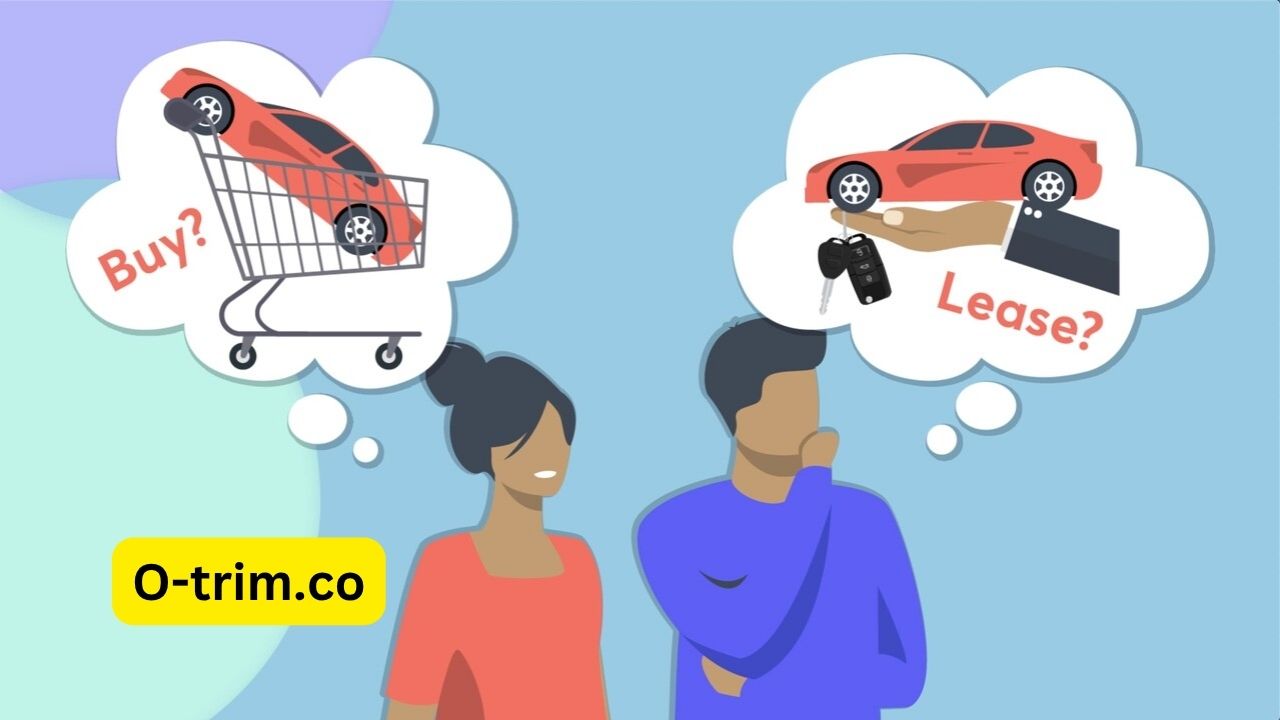K Caara Leasing vs. Traditional Buying: Which is Right for You
Are you in the market for a new car but feeling overwhelmed by your options? You’re not alone. Many people find themselves torn between leasing and buying, each offering its own set of advantages and drawbacks. With K Caara Leasing gaining popularity among savvy drivers, it’s essential to understand how it stacks up against traditional purchasing methods. Whether you’re dreaming of that sleek sedan or an adventurous SUV, making the right choice can save you money and provide peace of mind on the road ahead. Let’s dive into what sets leasing apart from buying and help you navigate this important decision with confidence!
Understanding the Difference Between Leasing and Buying
When you lease a vehicle, you’re essentially renting it for a specified period. This arrangement often comes with lower monthly payments, making it easier to drive a new model every few years. However, you won’t own the car at the end of the lease term.
On the flip side, purchasing means you’re investing in an asset that belongs entirely to you once it’s paid off. While this usually results in higher monthly payments initially, you’ll have complete freedom over how long you keep the vehicle.
Understanding these fundamental differences can help clarify your priorities—whether that’s flexibility or ownership. By assessing your driving habits and financial situation, you’ll be better equipped to choose between K Caara leasing options or traditional buying methods.
Pros and Cons of Leasing a Car
Leasing a car offers several appealing advantages. One of the biggest draws is lower monthly payments compared to buying. This allows you to drive a more expensive model without stretching your budget.
You also enjoy driving a new vehicle every few years. Leasing often includes warranties and maintenance, minimizing repair costs.
However, there are downsides to consider. You don’t own the car at the end of the lease term, which can feel limiting for some drivers. Additionally, mileage restrictions can lead to extra fees if you exceed set limits.
Customization options are usually off-limits as well; most leases require you to keep the car in its original condition. For those who love personalization or longer-term ownership, leasing might not be ideal.
Pros and Cons of Buying a Car
Buying a car comes with its own set of advantages. You gain full ownership, allowing you to customize or modify your vehicle as you see fit. There are no mileage restrictions, so road trips and commutes can be done without worry.
Another plus is the long-term financial aspect. Once the loan is paid off, you’re free from monthly payments. This can make budgeting easier in the future.
However, there are downsides too. The initial cost can be substantial, often requiring a hefty down payment. Additionally, cars depreciate quickly; their value drops significantly over time.
Maintenance also becomes your responsibility once you purchase a vehicle. Unlike leasing agreements that often cover repairs for several years, you’ll need to budget for unexpected issues that arise after buying.
Factors to Consider When Deciding Between Leasing and Buying
When choosing between K Caara leasing and buying a car, several factors come into play. Your budget is paramount. Leasing usually offers lower monthly payments, making it attractive for those who want to keep costs down.
Consider your driving habits as well. If you drive extensively, buying might be more suitable since leased vehicles often have mileage limits that can incur extra fees.
Think about how long you plan to keep the vehicle. Leasing is ideal for those who enjoy driving new models every few years. However, if you prefer keeping your car long-term, purchasing could save money in the long run.
Also reflect on maintenance responsibilities. Lease agreements typically cover routine maintenance while owning a car means you’re responsible for all repair costs after warranties expire. Understanding these nuances helps in making an informed decision tailored to your lifestyle.
How to Decide Which Option is Right for You
Deciding between K Caara leasing and traditional buying hinges on your personal needs. Start by assessing your budget. Can you afford a large down payment, or would lower monthly payments suit you better?
Consider how often you drive. If you’re racking up miles quickly, buying might be more beneficial in the long run. Conversely, if you prefer driving a new car every few years without maintenance worries, leasing could be ideal.
Think about ownership too. Do you envision customizing your vehicle or keeping it for many years? Buying grants that freedom while leasing keeps things fresh with new models.
Evaluate your lifestyle changes. Are there upcoming life transitions like moving or expanding your family? Flexibility may tilt the balance toward leasing in these cases, as it allows easier adjustments to changing circumstances.
Tips for Negotiating a Lease or Purchase
When negotiating a lease or purchase, knowledge is your best ally. Research the vehicle’s market value beforehand. This gives you leverage when discussing price.
Be clear about your budget and stick to it. Showing that you’re prepared can help strengthen your position at the table.
Don’t hesitate to ask for additional perks, like free maintenance or lower monthly payments. Many dealers have wiggle room beyond just the sticker price.
Consider timing as well; shopping at month-end might yield better deals as salespeople aim to hit quotas.
Stay calm and patient throughout the negotiation process. It’s okay to walk away if an offer doesn’t meet your expectations.
Read every detail in the contract before signing anything. Ensure there are no hidden fees lurking within those fine lines that could catch you off guard later on.
Conclusion
When it comes to k caara leasing versus traditional buying, the right choice depends on your personal circumstances and preferences. Leasing often offers lower monthly payments and allows you to drive a new car every few years. On the other hand, purchasing a vehicle gives you ownership and the freedom to modify or sell your car whenever you choose.
As you weigh these options, consider factors such as how much you drive, your budget for upfront costs, and how long you plan to keep the vehicle. It’s also wise to take into account potential mileage limits with leases and maintenance responsibilities that come with ownership.


